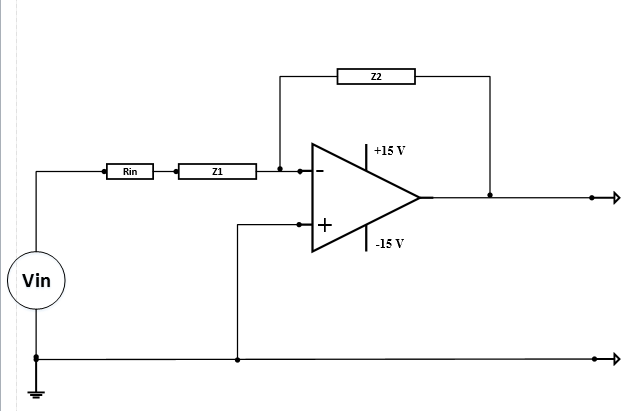Zohra_malik
Newbie level 5

Dear All,
I want to write a transfer function in S-Domain by considering the limitation of operational amplifier gain and bandwidth. The circuit is attached. Your help is appreciated.

Regards
Zohra
I want to write a transfer function in S-Domain by considering the limitation of operational amplifier gain and bandwidth. The circuit is attached. Your help is appreciated.

Regards
Zohra




